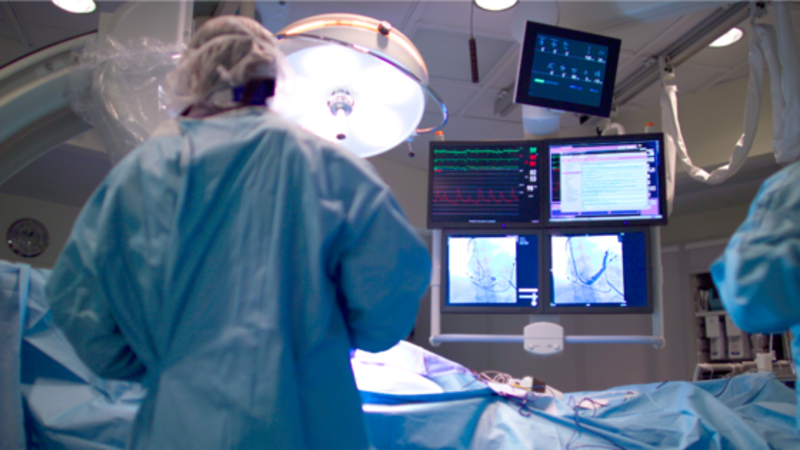Since the revelation of the Diovan Scandal1 in 2014, the Clinical Trials Act (CTA) has been greatly revised in order to correct the structure of collusion between companies and investigators, and a lot of consideration is now required when conducting clinical studies.
Japanese Clinical Trials Act Overview

In this article, we would like to focus on the regulatory scope and legislative basis of the CTA and consider what kind of studies are under the law in Japan.
The Diovan Scandal
In the Diovan Scandal, a Novartis employee at the time lied about his identity in a clinical trial during post-marketing surveillance, commonly referred to as Phase IV, and falsified the clinical data so that the results would be dominant in the Diovan-intervention group. He then used these false results as a means of advertisement. Novartis provided 1.13 billion yen in support for five clinical trials, which led to annual sales of Diovan reaching 140 billion yen. In addition, it was suspected that Novartis had given a large amount of money to the physicians who had led the clinical trial at the time. This case would become symbolic, questioning the reliability of not only falsified data but also the process itself.
What are the kinds of clinical trials regulated by the CTA?
When we refer to the legislative basis for the CTA, the following is the view on the scope of its provisions.
【Views on the scope of the CTA】
In consideration of both the risk to the enrolled subjects and the social risk, such as the degree of impact of the results on the treatment policy in the clinical practice, it is appropriate to set the scope as follows:
・Clinical trials using unapproved or off-label medicine and medical devices
・Clinical trials where the results are intended to be used for advertising
【Citation】The 14th Meeting of the Clinical Trials Committee of the Health Sciences Council
The regulation of clinical trials on interventional procedures2
※Risk on enrolled subjects:
The risk and burden inherent in trial procedures that are not necessarily for the subject's own benefit
※Social risk:
The risk of participating in a trial that involves inappropriate corporate involvement
What are the kinds of clinical trial included within the scope of this regulation?
Specified clinical trials refer to clinical trials using unapproved or off-label medicine or medical devices for the purpose of demonstrating their additional safety and efficacy beyond the scope of pharmaceutical approval.3 Since this may deprive subjects the opportunity to receive standard treatments, it falls under the category of ‘specified clinical trial’ with significant risks to the subjects.
One point to note in this section is whether the scope of approval for devices used in clinical trials deviates from the intended use as stated in the attached documents. The scope of approval for devices used for PCI tends to be broad, and there are few cases of deviation from their daily use. However, when designating a particular device for use in a clinical trial, it is necessary to check the attached documents and carefully inspect the purpose of use regarding the use of "unapproved or off-label medicine and medical devices."
Next is "clinical trials where the results are intended to be used for advertising," which is exactly the scope of the regulation reflecting the Diovan scandal. In other words, any clinical trial that yields positive results that are used to advertise the safety and efficacy of the medicine or medical devices involved, should be included in the regulatory scope of the CTA. Incidentally, the deliberation committee has not yet reached a conclusion on how to handle instances where a study that was not originally conducted for the purpose of advertising happens to produce positive results. At the time of reporting, it is not yet within the regulatory scope of the CTA.4
- Japan Medical Association, Basic Knowledge of Medical Ethics, 2018 Edition.
https://www.med.or.jp/doctor/rinri/i_rinri/h12.html (viewed December 2021) - The 14th Meeting of the Clinical Trials Committee of the Health Sciences Council: Regulation of Clinical Trials on Interventional Procedures
https://www.mhlw.go.jp/content/10808000/000538031.pdf (viewed December 2021) - - Clinical Trial Chapter - How COI Management in Clinical Trials Should Be and How to Proceed
https://www.researchethics.amed.go.jp/content/000000471.pdf (viewed December 2021) - Ministry of Health, Labor and Welfare, November 26, 2014, 9th Review Board on the State of the System Pertaining to Clinical Trial, Meeting Minutes.
https://www.mhlw.go.jp/stf/shingi2/0000069541.html (viewed December 2021)
About the Author: Shuhei Odagiri (Clinical Study & Strategic Consulting)
After working as a clinical research associate and data manager at a global CRO, Mr. Odagiri moved into R&D at a Japanese company to specialize in the field of in vitro diagnostics. In 2021, he joined TCROSS Co., Ltd. as clinical research specialist and currently has more than 3 years of experience. He has a Masters of Pharmaceutical Sciences from Kanazawa University.
ご注意 当サイト内の全ての記事と動画の転載・転送はご遠慮ください。なお、法律上保護されたコンテンツの無許可の転載、複製、転用等は、当該コンテンツの権利者等から損害賠償請求その他の法的手続を申し立てられ、事案によっては処罰される可能性、また、故意にそれらを受け取った場合も同様の措置を受ける可能性がございます。ご不明な点がございましたら当社までご連絡ください。



